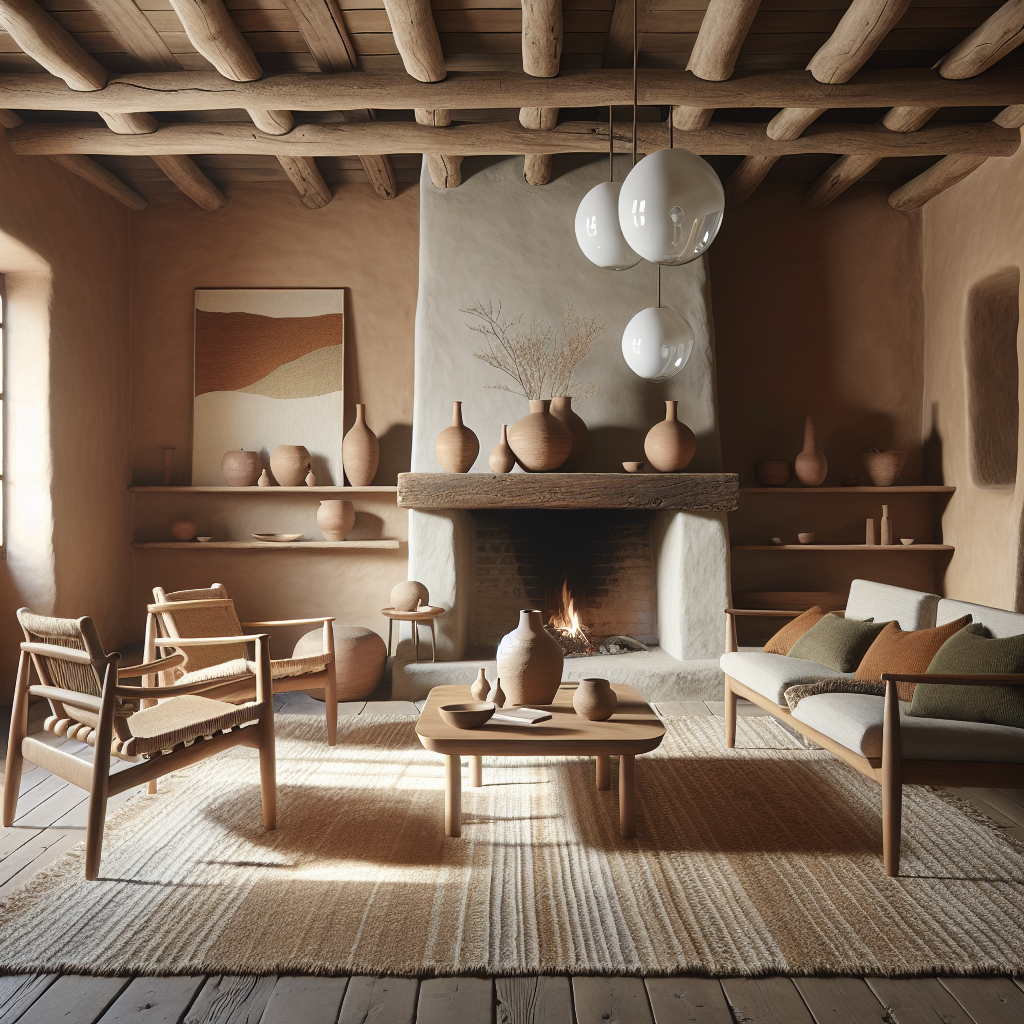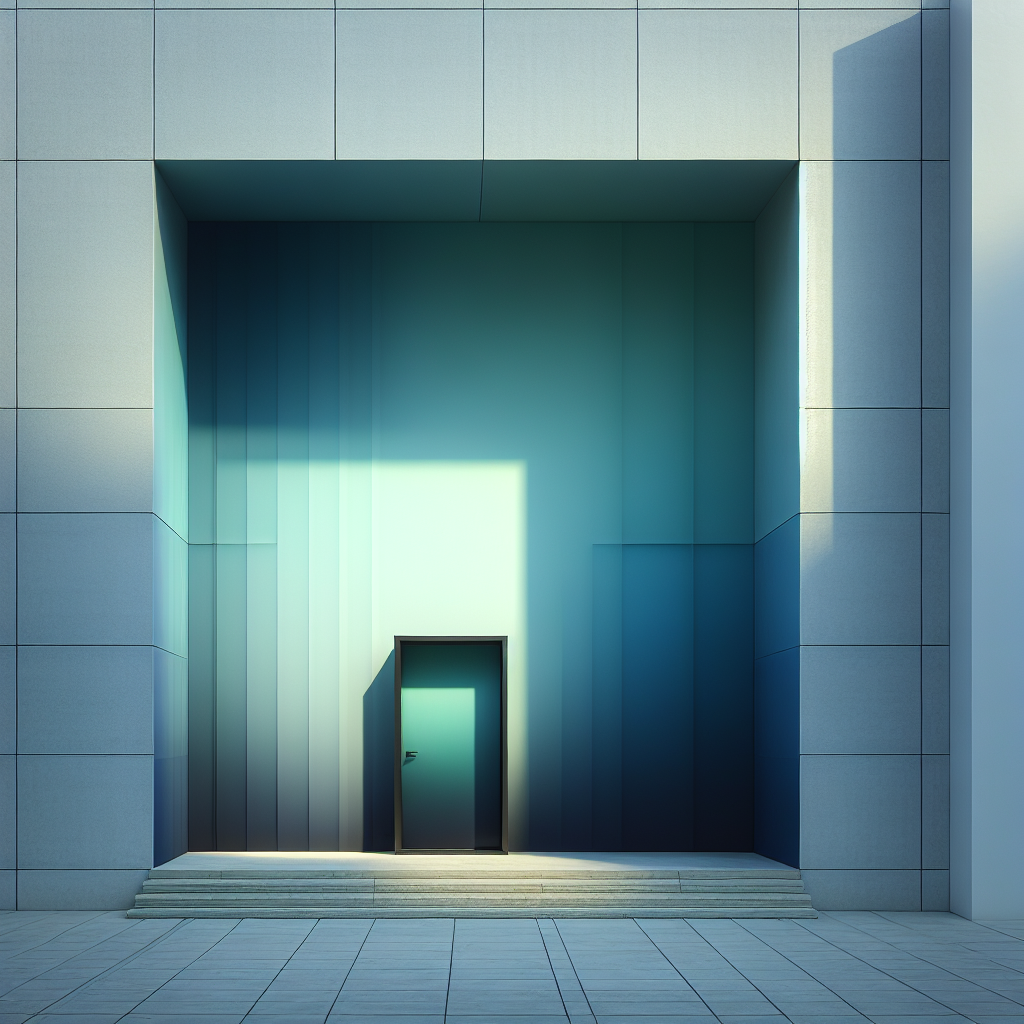Hovering bed frames: sleeping platforms quietly levitating above floors
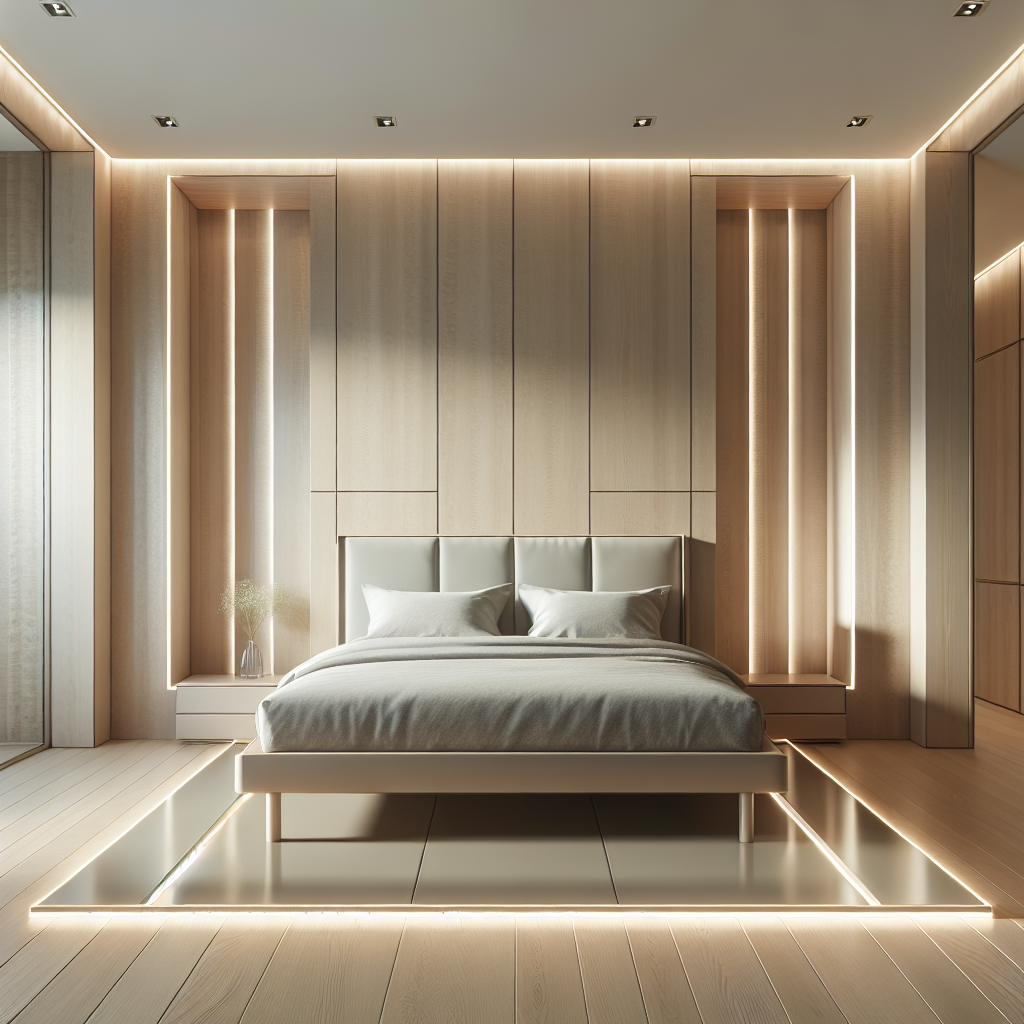
Hovering Bed Frames: Sleeping Platforms Quietly Levitating Above Floors
In the ever-evolving dialogue between architecture, design, and technology, few domestic objects have undergone as radical a reimagination as the bed. Once a static anchor of the room, the bed is now becoming a floating centerpiece—a sculptural object that seems to defy gravity. The rise of hovering bed frames—platforms that appear to levitate effortlessly above the floor—signals a shift in how designers conceptualize rest, space, and sensory experience. This phenomenon is not merely aesthetic; it reflects deeper currents in contemporary design thinking, from minimalism and biophilia to smart home integration and emotional ergonomics.
The Illusion of Weightlessness
Hovering beds are designed to create the illusion of levitation through clever structural engineering and strategic lighting. Typically, these beds are supported by recessed central pedestals or wall-mounted brackets, leaving the perimeter free of visible supports. When paired with concealed LED strips, the effect is ethereal—light seems to emanate from beneath the bed, dissolving its connection to the ground. The result is a sensation of suspension, a quiet defiance of gravity that transforms the bedroom into a meditative, gallery-like space.
Architects and interior designers have long explored the psychological impact of elevation. In minimalist architecture, the act of lifting an object from the floor is a gesture of purity and clarity. It removes clutter, enhances airflow, and introduces a sense of calm detachment. The hovering bed, in this sense, is a natural evolution of the floating staircase or cantilevered countertop—functional elements that double as sculptural statements.
Engineering the Floating Effect
Behind the serene appearance of a levitating bed lies a feat of structural ingenuity. Designers often employ hidden steel frames anchored to load-bearing walls or reinforced floor plates. The bed’s visible components—usually lightweight materials such as engineered wood, aluminum, or carbon fiber—are meticulously balanced to maintain stability while preserving the illusion of airiness. In some advanced models, magnetic levitation technology—similar to that used in maglev trains—is being explored to achieve genuine suspension, though this remains a niche and costly innovation.
Lighting plays an equally crucial role. Integrated LED systems, often programmable via smart home apps, allow users to adjust brightness and color temperature to suit mood or circadian rhythm. This approach echoes the growing trend of smart home integration in interior design, where lighting, temperature, and acoustics are orchestrated to enhance well-being. The hovering bed becomes not just a piece of furniture, but a responsive environment.
Minimalism Meets Material Innovation
The aesthetic of the hovering bed aligns with the broader minimalist design movement that continues to dominate high-end interiors. Clean lines, open space, and the absence of visible supports emphasize serenity and order. Yet beneath this simplicity lies a sophisticated material palette. Designers are experimenting with translucent acrylics, brushed metals, and even biodegradable composites that align with sustainability goals, as explored in biodegradable architecture research.
In luxury settings, hovering beds are often paired with textured wall panels, floating nightstands, and recessed ambient lighting to create a seamless visual flow. The floor—freed from furniture legs—becomes a continuous plane, often finished in polished concrete, terrazzo, or pale oak. This interplay of light, material, and void evokes the weightless serenity of Japanese tatami rooms or the restrained elegance of Scandinavian modernism.
Psychological and Spatial Benefits
Beyond aesthetics, the hovering bed introduces subtle psychological benefits. By lifting the sleeping surface, designers enhance the perception of spatial volume, particularly in compact urban apartments. The under-bed void contributes to visual lightness and improves air circulation, echoing principles found in biophilic design. Studies in environmental psychology suggest that spaces with greater perceived openness can reduce stress and promote relaxation—an effect that aligns perfectly with the purpose of the bedroom.
Moreover, the hovering bed encourages mindfulness. The act of entering or leaving a bed that appears to float subtly alters one’s physical awareness. It invites a slower, more deliberate movement—an embodied ritual that contrasts with the hurried gestures of daily life. This connection between spatial design and emotional well-being is becoming central to contemporary interior philosophy, where furniture is designed not only for comfort but for psychological restoration.
From Boutique Hotels to Private Residences
Initially popularized in boutique hotels and high-end resorts, hovering beds are now finding their way into private residences and even compact urban lofts. In hospitality design, they serve as visual anchors—objects that immediately convey sophistication and tranquility. In residential contexts, they offer a way to maximize perceived space while maintaining a sense of luxury. The trend mirrors the broader movement toward floating architecture, where buoyancy and lightness are metaphors for adaptability and future-forward living.
Designers such as Piero Lissoni, Patricia Urquiola, and Neri&Hu have all explored variations of the floating bed concept, integrating it into broader narratives of transparency and spatial layering. In Lissoni’s work, for instance, the bed often appears as a suspended monolith—an object of quiet drama within an otherwise restrained composition. Urquiola’s interpretations lean toward softness and tactility, pairing levitating frames with plush upholstery and organic textiles.
Technology and the Future of Sleep Design
The convergence of sleep science and smart technology is pushing the hovering bed into new territory. Manufacturers are integrating sensors that monitor sleep patterns, temperature, and even heart rate, feeding data into AI-driven systems that adjust environmental conditions automatically. This aligns with the growing interest in sleep-optimized bedroom design, where architecture and technology collaborate to enhance rest quality.
Some prototypes feature responsive levitation systems that subtly adjust height or tilt to improve circulation or alleviate pressure points. Others incorporate soundscapes, aromatherapy diffusers, or circadian lighting cycles—transforming the bed into a multisensory wellness hub. As sustainability and well-being continue to shape the future of design, the hovering bed may become a symbol of how technology and tranquility can coexist harmoniously.
Design Language of Light and Shadow
In visual terms, the hovering bed introduces a new language of light and shadow. The glow beneath the platform creates a floating halo that redefines the room’s geometry. It draws the eye downward, emphasizing the horizontal plane and expanding the perception of depth. Designers often exploit this interplay to choreograph the bedroom’s atmosphere—from a soft, diffused radiance that evokes dawn to a cool, lunar shimmer at night.
This use of light as a structural element recalls the philosophies of modern masters like Le Corbusier and Tadao Ando, who viewed illumination as an architectural material in its own right. In contemporary interiors, the hovering bed’s underlighting becomes a form of emotional architecture—a subtle yet powerful cue that transforms the act of sleep into an aesthetic experience.
Challenges and Considerations
Despite their allure, hovering beds present practical challenges. Installation requires precise structural assessment, particularly in older buildings where wall anchoring may be limited. Weight distribution, vibration control, and maintenance of integrated lighting systems must all be carefully considered. Designers must also balance the desire for minimalism with the need for durability and comfort—ensuring that the bed’s ethereal appearance does not compromise its primary function.
Yet these challenges are part of what makes the hovering bed so compelling. It demands collaboration between architects, engineers, and lighting designers—a multidisciplinary approach that reflects the increasingly hybrid nature of contemporary design practice.
Redefining Rest in the Age of Lightness
The hovering bed represents more than a stylistic flourish; it is a meditation on weightlessness as luxury. In a world saturated with visual noise and material excess, the act of making something appear to float becomes a statement of restraint and refinement. It invites us to reconsider the relationship between body, object, and space—to experience rest not as withdrawal, but as elevation.
As we move deeper into an era defined by technological intimacy and environmental awareness, the hovering bed stands as a quiet manifesto for the future of domestic design: serene, intelligent, and profoundly human.
Keywords: hovering bed frames, floating beds, levitating bed design, minimalist bedroom, smart lighting, interior design trends, luxury furniture
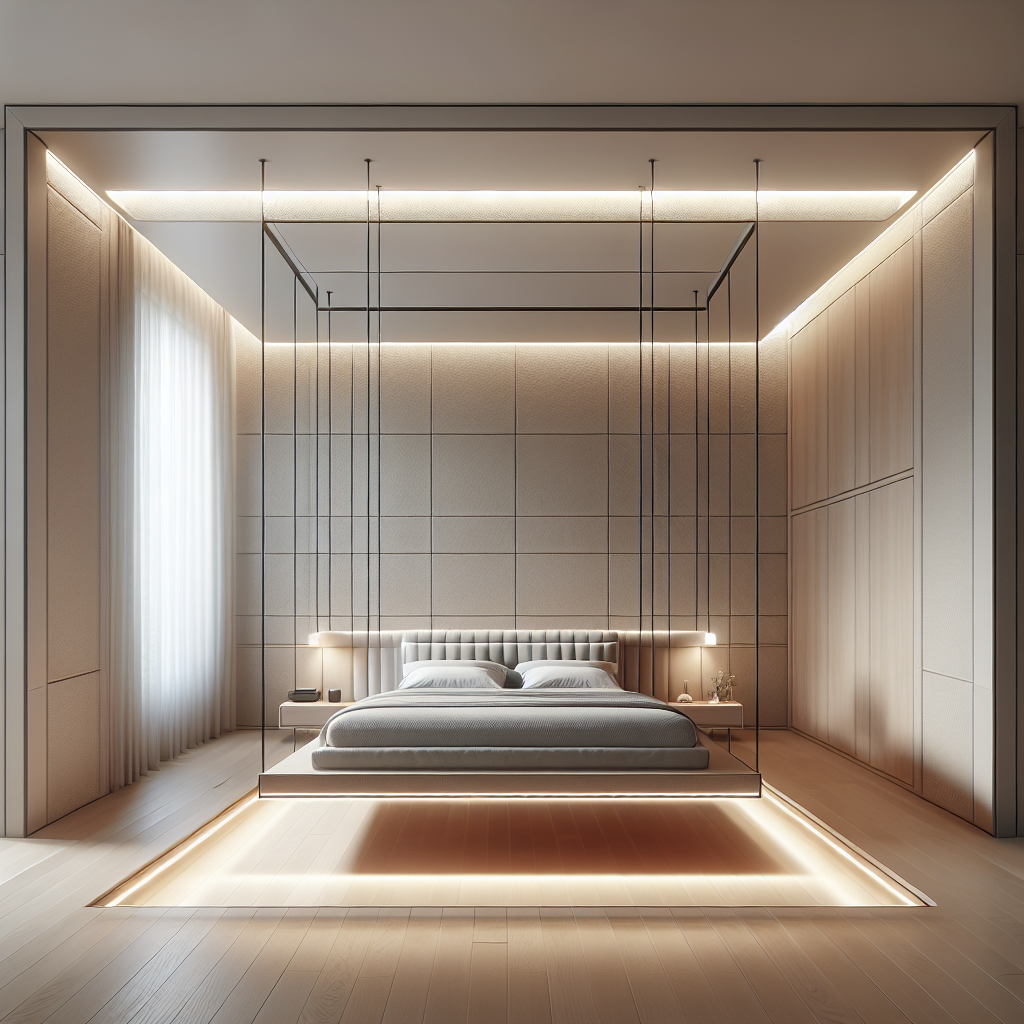

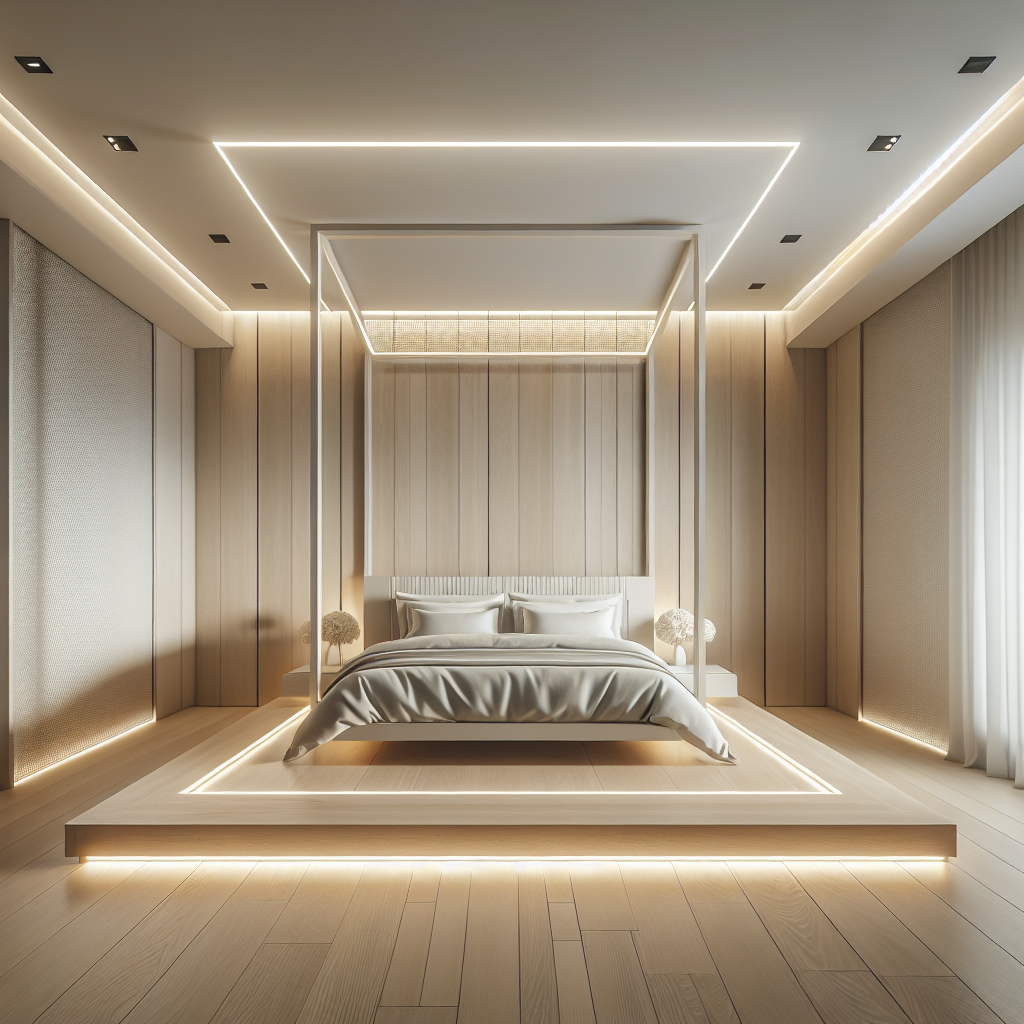
❮
❯



